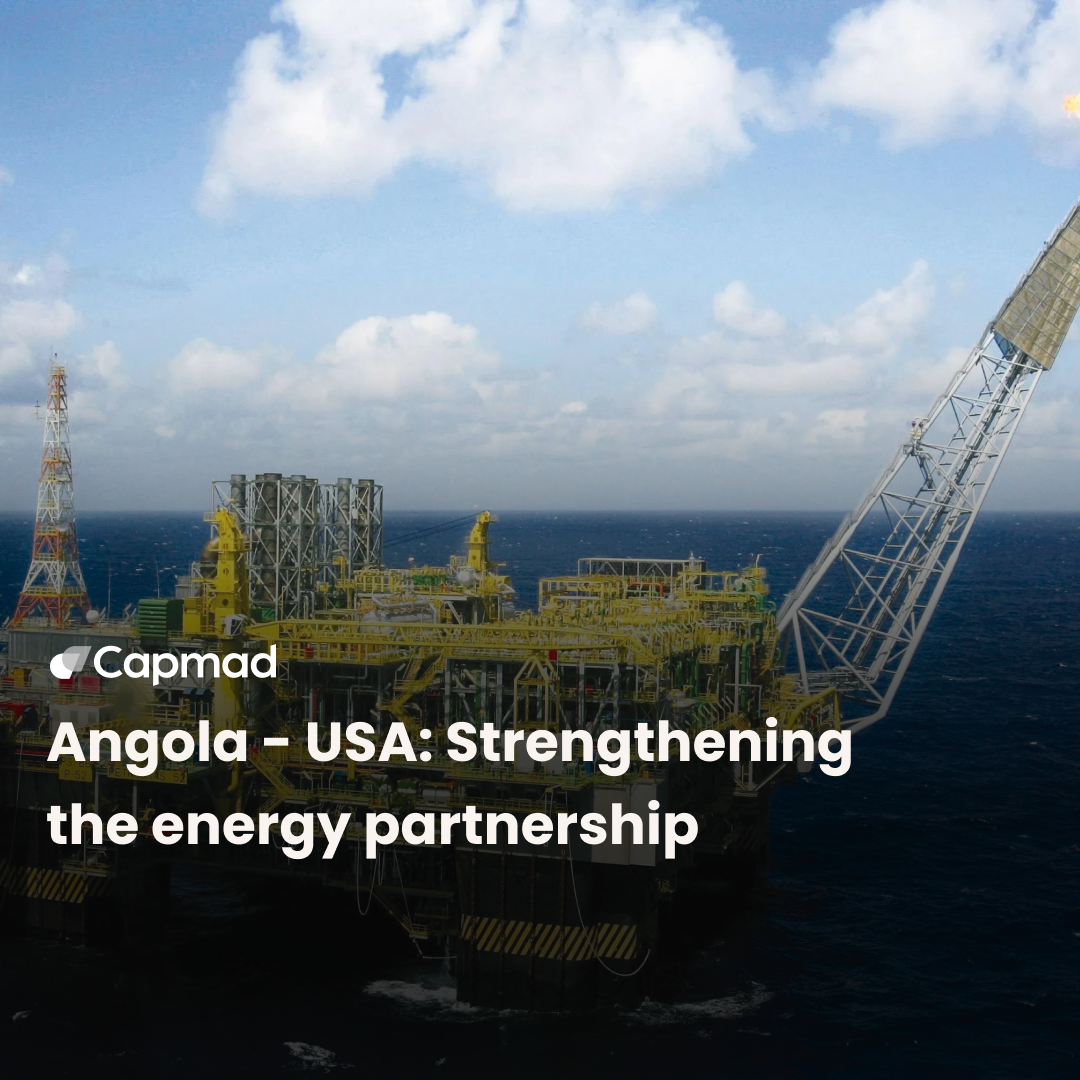Africa holds vast potential for renewable resources, but faces challenges in ensuring universal energy access. Despite having the highest rate of energy poverty globally, the continent contributes only 3 % of carbon emissions. Nonetheless, it endures severe economic impacts from climate injustice.
Energy poverty in Africa
In pursuing the Sustainable Development Goals (SDGs), Africa is dedicated to the global shift towards green energy. However, the continent must first prioritize providing reliable and affordable energy services to its population, aligning with the primary target of SDG 7.
Low rate of access to electricity
Africa is the least electrified continent, with uneven access to energy. A World Bank and International Energy Agency report shows the northern region, including Algeria, Morocco, Tunisia, Egypt, Seychelles, and Mauritius, has near 100 % electrification. In contrast, eight sub-Saharan countries had below 20 % electrification in 2020. In sub-Saharan Africa, 567 million people lack electricity, making up 80 % of the world’s non-electrified population in 2021, a situation unchanged since 2010. Additionally, nearly 2.3 billion people worldwide still use polluting cooking methods, mostly in Africa.
Energy mix dependent on fossil fuels
Africa’s energy mix is dominated by fossil fuels: natural gas, coal, and oil. Currently, renewable energy makes up a small portion of this mix. Despite fossil fuels’ predominance, sustainable energies are gaining appeal due to environmental concerns and economic benefits. Natural gas, considered the least polluting fossil fuel, is seen as « the transition fuel for climate justice », contributing only 3 % of global greenhouse gas emissions. Fossil fuels are expected to comprise 30 % of Africa’s electricity mix by 2030, but this share is projected to drop to 20 % by 2040 and just 10 % by 2050.
Africa’s renewable energy potential
Africa has significant potential for developing sustainable resources. The African Chamber of Energy’s (AEC) « State of African Energy-2024 Outlook Report » predicts that renewable energies will make up 47 % of the continent’s electricity mix by 2030. According to IRENA, this energy transition is expected to boost Africa’s GDP by 6.4 %, increase employment by 3.5 %, and enhance well-being by 25.4 % by 2050.
Africa’s renewable energy capacity
Africa has immense hydraulic capacity, but only 10 % of it is currently utilized. Geothermal energy is also significant, particularly in East Africa’s Rift Valley. Solar power stands out as the most affordable and competitive green energy source across the continent. Africa possesses 60 % of the world’s best solar resources but accounts for only 1 % of solar energy potential globally.
Wind resources offer further opportunities, especially in coastal regions. A notable example is Senegal’s 46-turbine wind farm. The growth in solar and wind power capacity is expected to raise the share of renewable energy in Africa’s electricity mix to 62 % by 2040 and 75 % by 2050. AEC forecasts suggest that these resources will constitute nearly 50 % of the continent’s new electricity generation by 2040.
Decrease in financial flows in favor of SDG 7
Africa lags in the energy transition due to infrastructure deficits and financing challenges. According to the International Energy Agency (IEA) and the African Development Bank, the continent requires 200 billion USD annually for renewable energy up to 2030 to achieve its energy transition and ensure universal electricity access. However, Africa has received only 3 % of global energy investment over the past two decades.
Financing for renewable energy in developing countries is declining. Despite the climate crisis, transactions totaled 10.8 billion USD in 2021, 35 % below the 2010-2019 average and just 40 % of the 2017 peak of 26.4 billion USD. By 2021, 19 countries had received 80 % of these commitments.
Market for strategic green mining resources
Africa holds 30% of the world’s reserves of strategic minerals, including lithium, manganese, copper, and cobalt. Mineral resources of South Africa, Tanzania, Malawi, and Mozambique are rich in rare earth elements, crucial for renewable technologies like solar cells and wind turbines. The continent also has significant potential for producing green hydrogen, with several low-carbon projects currently in progress.
Green hydrogen : The energy solution of the future
Africa is developing numerous low-carbon hydrogen projects. With anticipated global reductions in production costs, the continent could produce 5,000 megatons of green hydrogen annually at less than USD 2 per kg. This amount is ten times the projected global need for low-carbon hydrogen by 2050, according to the American Enterprise Institute (AEI). A study by Deloitte predicts that North Africa will become the leading exporter of carbon-free hydrogen by 2050, primarily supplying Europe.
Renewable energy development challenges
The growth of renewable energies in Africa is at risk of being exploited for export purposes, posing a threat to local development. Careful management is crucial to ensuring that the continent benefits locally and supports its industrialization.
African governments are taking steps to retain resources within their borders to promote local value creation. For instance, Namibia, in collaboration with Germany on a green hydrogen project, insists on providing access to electricity for its people and advancing industrialization before exporting the resource.
A balanced approach is essential to navigate the energy transition while considering gas usage. While extensive exploitation of gas reserves in Africa could have a limited impact on greenhouse gas emissions, using gas as a supplementary energy source is feasible if the continent contributes less to emissions than developed nations.










